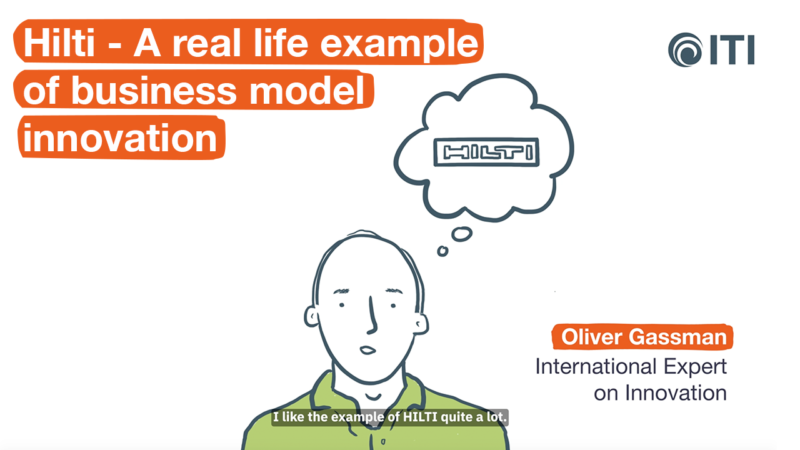Leveraging business model innovation

Business Model Innovation is a misunderstood term but one with huge potential. To achieve business model innovation you must first understand what a business model is. Put simply, a Business Model is a blueprint of how a company creates and captures value.
All business model innovation answers these three fundamental questions:
- How will we create value?
- How will we deliver value?
- How will we capture that value?
To date, the majority of business innovation has occurred around products. Until recently, there has been much less innovation in areas like business models, customer experience, networking and services. However, these are the areas in which the most impact around value creation is now occurring.
AIIP principal investigator and senior lecturer at Cork University Business School, Lawrence Dooley, says business model innovation introduces a new logic of how a company creates and captures value by changing multiple dimensions of a business model. “It allows companies/SMEs to revolutionise the architecture of the value chain to offer a new value proposition and generate new sources of revenue,” he said.
However business model innovation is difficult to achieve because several challenges exist:

Businesses tend to do exactly the same thing as their competitors. It’s easy to become locked in and hard to break out of an’ industry logic’. SMEs need to think outside of their dominant industry thinking.

Business Models can be misunderstood because they’re abstract. SMEs tend to think about products, services or technologies etc. and business models are less easy to understand unless directly involved.

SMEs tend to lack the systemic tools and processes to achieve business model innovation.
How to achieve Business Model Innovation?
Dr. Gillian Barrett, Director of the Diploma in Management Practice at Cork University Business School says the first step to business model innovation is understanding and using the tools that are freely available. She cites the example of the Lean Canvas, devised by Ash Maurya, author of Running Lean and founder of Leanstack.com - a website with free to use business model innovation tools. Maurya modified Ostwalder and Pigneur’s Business Model Canvas to create the Lean Canvas model to suit the needs of both existing firms and start-ups. It takes a concise one-page format which is perfect for brainstorming and ensures on-point, targeted messaging. It’s also valuable for tracking your learning.
The Lean Canvas Model primarily emphasises the importance of understanding the problem you are trying to solve and who you are solving this problem for, i.e. your customer. It advises companies to build something the customer really wants. The company, product or service’s unique value proposition is also identified as hugely important. SMEs can use the following Lean Canvas formula to define their unique value proposition into a single, clear, compelling message that states why you are different and worth paying attention to: “Our (product) helps (who?) achieve (what benefit?) by doing (unique way the product is doing it).” The Lean Canvas model also recommends defining your high level concept in a short statement that describes your business - your x for y analogy - e.g “Youtube = Flickr for videos” or “Airbnb = Ebay for rooms”.
The Lean Canvas Model provides a structure for thinking about your business and understanding your business as a platform moving forward. SMEs should then think about how to innovate their business model.
In his book, The Business Model Navigator, Professor Oliver Gassman outlines how to innovate in a systematic way. The book is divided into three parts: Defining business models, Analysing business models, and Extracting from business models. It identifies 55 different business model patterns and illustrates how existing business models can be adapted and extracted from to help businesses innovate. In short, business model innovation doesn’t require entirely reinventing the wheel; business models already exist and can be combined and refashioned by businesses in order to innovate and create a competitive advantage.
Three strategies that can be used to generate new business model ideas from the pool of 55+ business model patterns identified in The Business Model Navigator:

Look outside your existing dominant industry logic and thinking and transport an existing business model from another industry to your own sector. Most companies use this strategy. Its advantage is that a blueprint already exists but don’t just copy and paste!
Transfer and combine two or more business models simultaneously. The advantage is that it’s difficult for competitors to copy but it’s also difficult to execute as planning takes time.
Take an existing and successful business model for another product and leverage it for a new product eg. Nestle’s BabyNes product which replicates Nespresso. It’s difficult to achieve but it’s a manageable risk and companies need to balance the change in the market for new customers.


